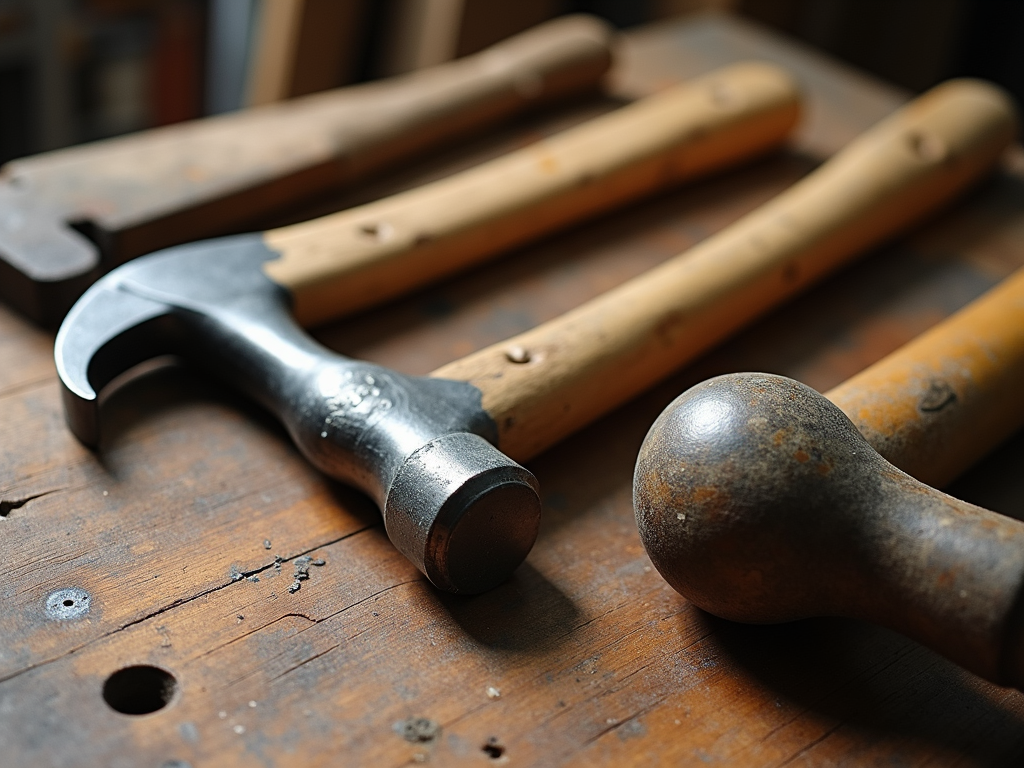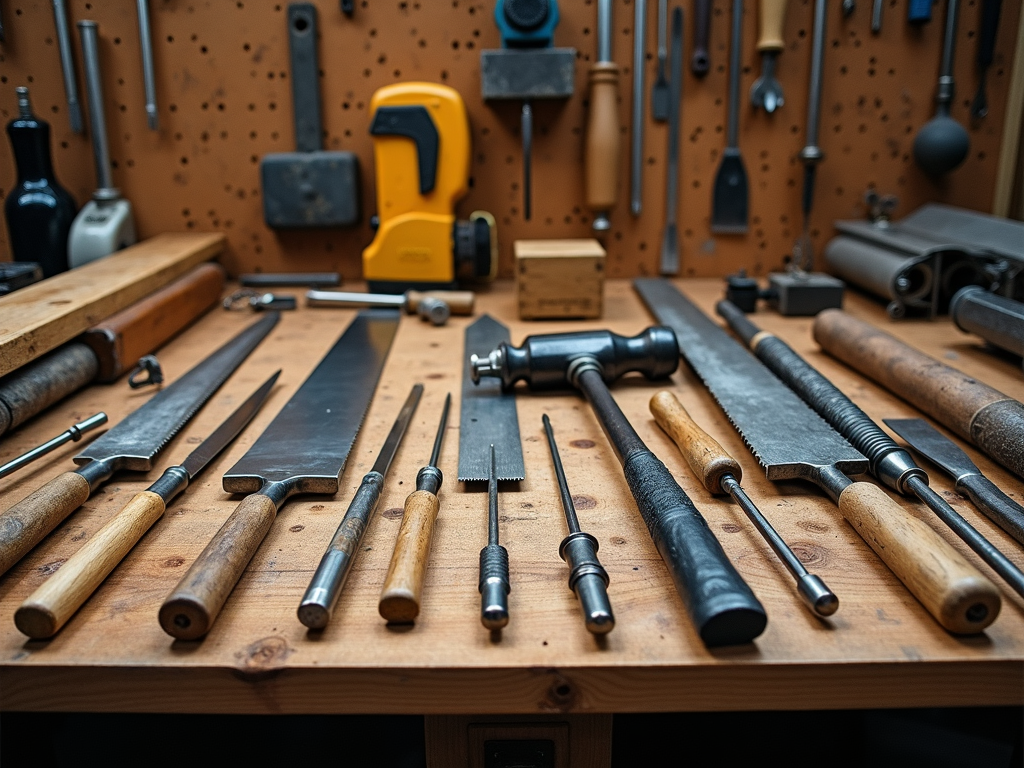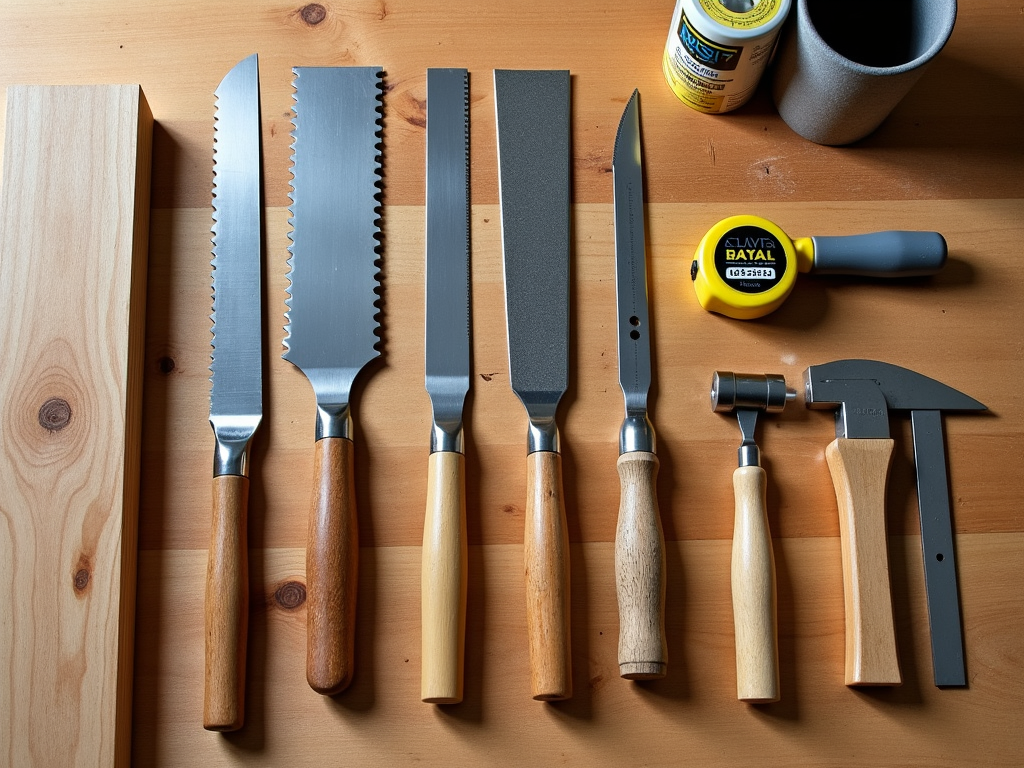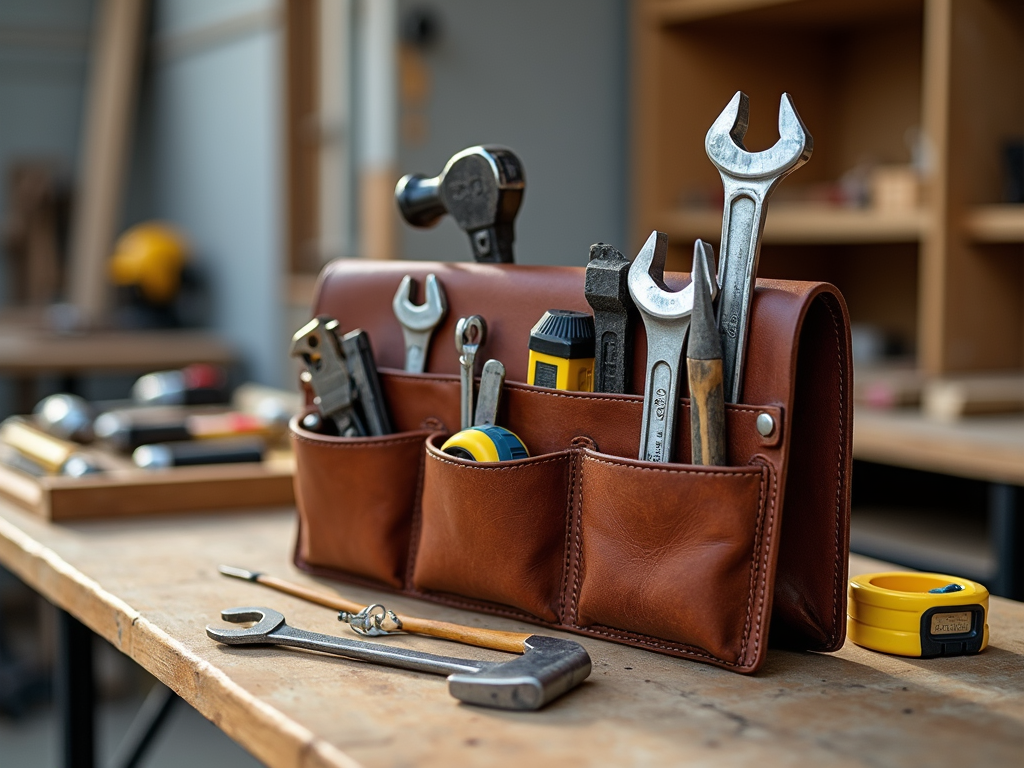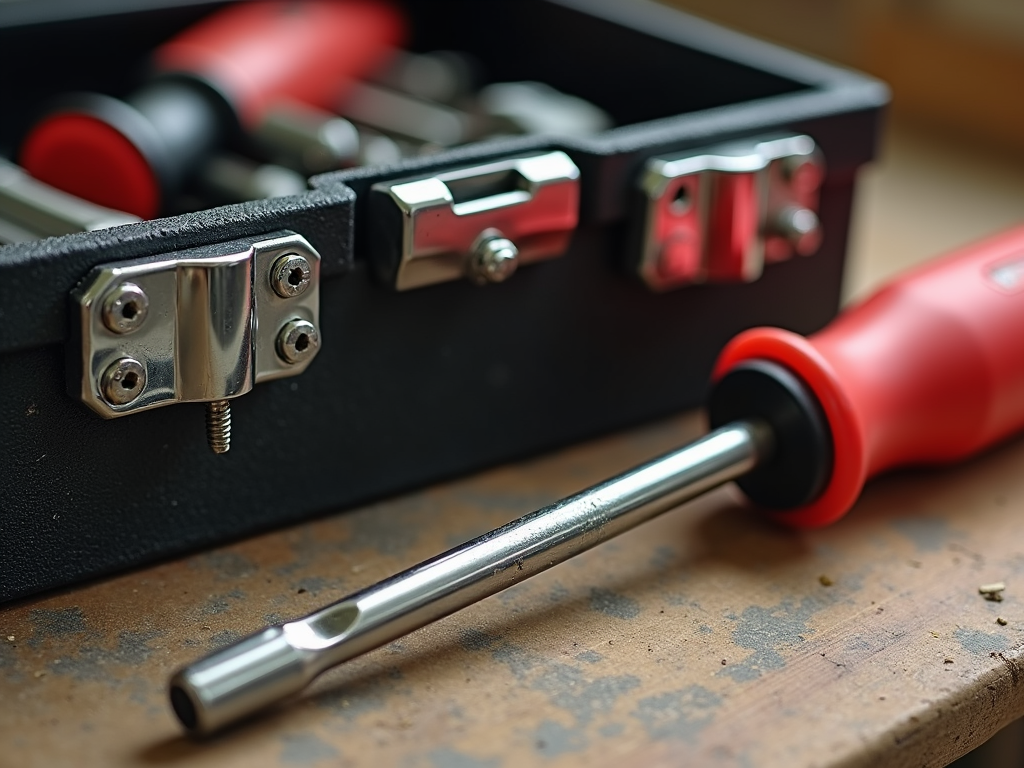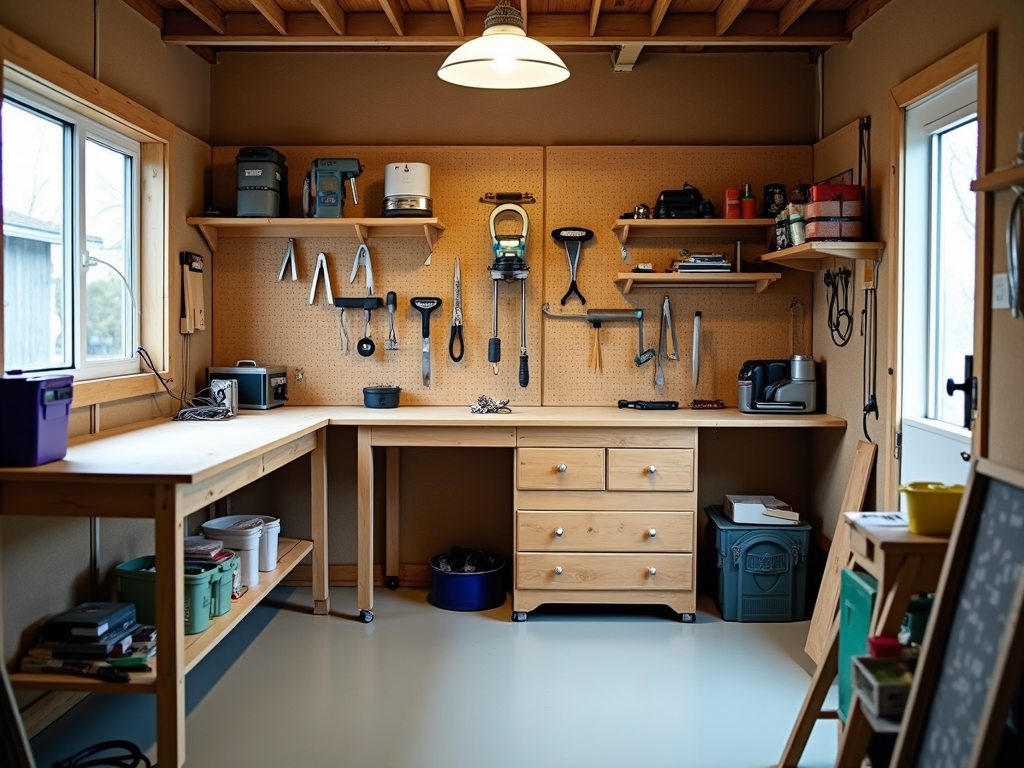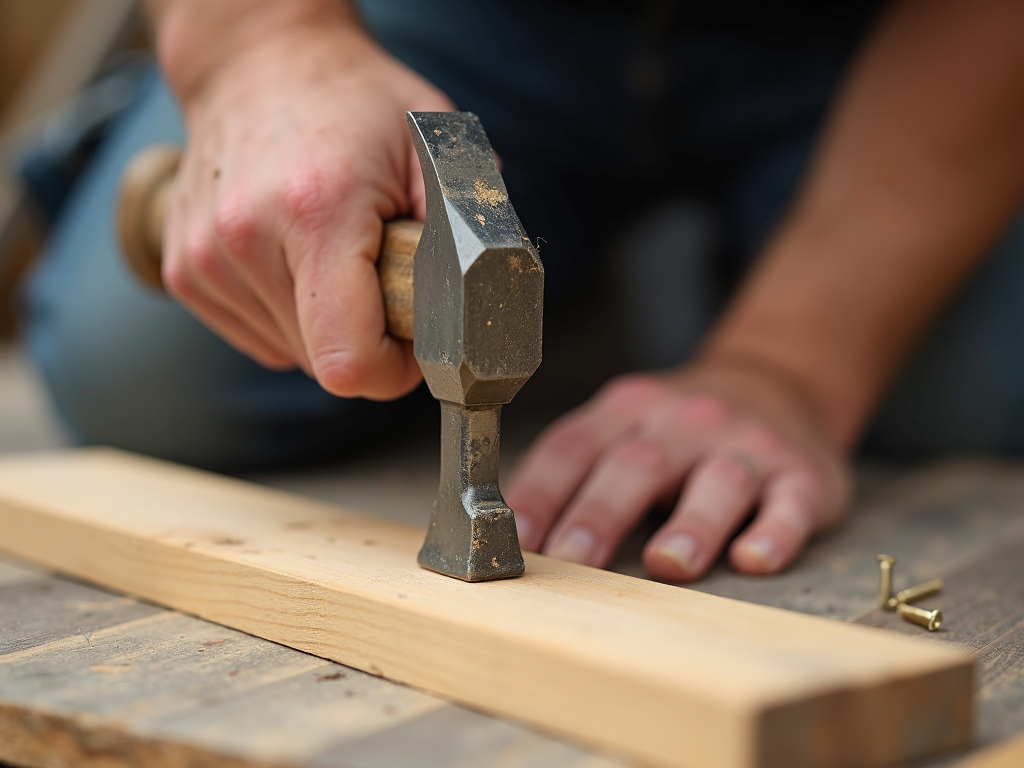In woodworking, your tools are your best friends. Keeping them in top shape is crucial for quality work and safety. This article will guide you through the importance of tool maintenance and how to do it right.
Woodworking is an art that requires precision, skill, and the right tools. But even the best tools can let you down if they're not properly maintained. Tool maintenance is often overlooked, but it's a critical aspect of woodworking that can make or break your projects. In this article, we'll explore why maintaining your tools is so important and provide you with practical tips on how to keep them in excellent condition.
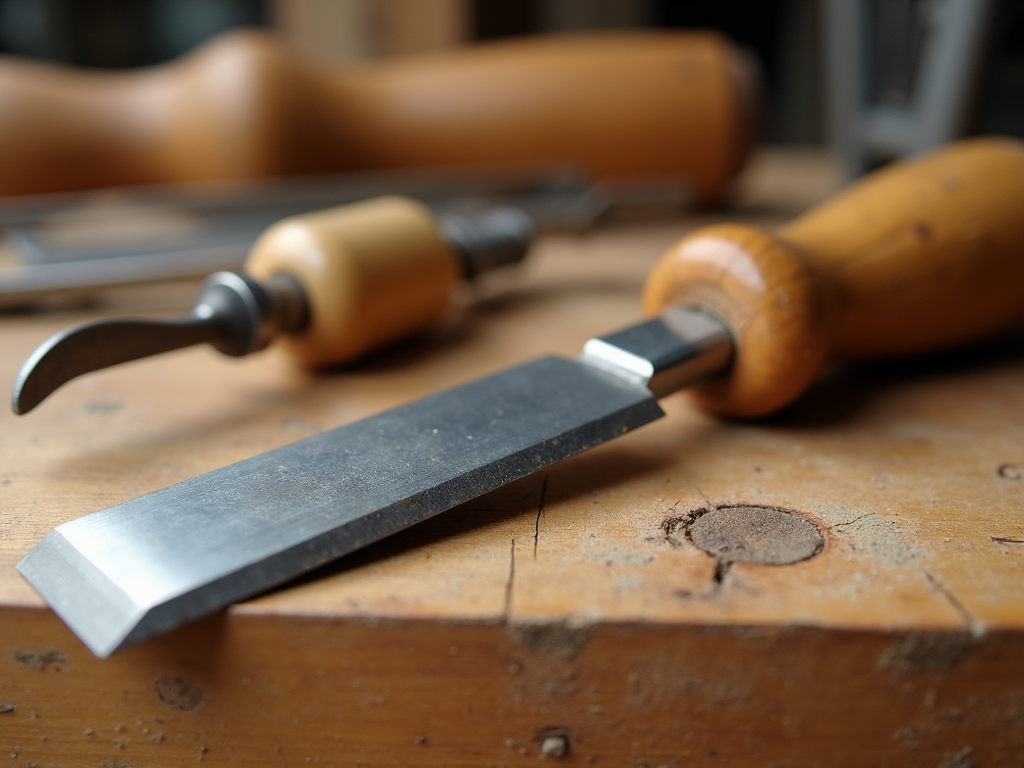
Why Tool Maintenance Matters
Maintaining your woodworking tools isn't just about keeping them looking nice; it's about ensuring they perform at their best. Here are some key reasons why tool maintenance is essential:
- Better Craftsmanship: Sharp, well-maintained tools allow you to make precise cuts and achieve smoother finishes. A dull blade can tear wood fibers, leading to rough edges and poor-quality work.
- Safety: Dull or damaged tools are more likely to slip or break, increasing the risk of accidents. Regular maintenance helps prevent injuries by ensuring your tools are in good working condition.
- Longer Tool Life: Proper care extends the lifespan of your tools, saving you money in the long run. Rust, corrosion, and wear can quickly ruin even the best tools if they're not maintained.
- Efficiency: Well-maintained tools work more efficiently, making your woodworking projects easier and more enjoyable. You won't have to struggle with tools that don't perform as they should.
How to Maintain Your Woodworking Tools
Maintaining your tools doesn't have to be complicated. Here are some simple steps you can take to keep your tools in top shape:
1. Sharpen Your Cutting Tools
Sharp tools are essential for precision and safety. Regularly sharpening your cutting tools, such as chisels, planes, and saws, ensures they perform optimally. Here's a basic guide on how to sharpen your cutting tools:
- Chisels and Planes: Use a sharpening stone or honing guide to maintain a consistent angle. Start with a coarse grit to remove any nicks, then move to finer grits for a polished edge.
- Saws: For hand saws, use a saw file to sharpen the teeth. Make sure to maintain the correct angle and file each tooth evenly.
- Power Tools: For power tools like routers and sanders, follow the manufacturer's instructions for sharpening or replacing blades and bits.
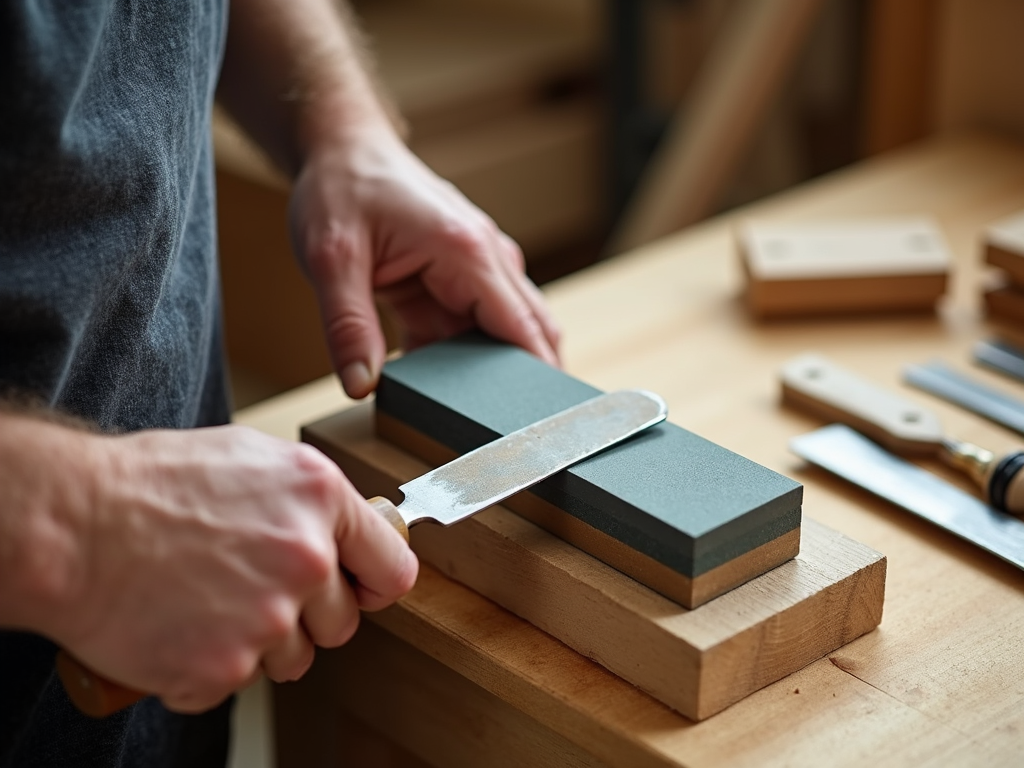
2. Clean and Lubricate Moving Parts
Dirt, dust, and debris can accumulate on your tools, affecting their performance. Regularly cleaning and lubricating moving parts helps prevent rust and ensures smooth operation.
- Cleaning: After each use, wipe down your tools with a clean cloth to remove sawdust and resin. For stubborn grime, use a mild solvent or tool cleaner.
- Lubrication: Apply a light coat of oil to metal parts to prevent rust. For tools with moving parts, such as planes and saws, use a lubricant to keep them operating smoothly.
3. Store Tools Properly
Proper storage is key to preventing damage and extending the life of your tools. Here are some tips for storing your woodworking tools:
- Dry Environment: Store tools in a dry, climate-controlled area to prevent rust and corrosion.
- Organized Workspace: Use tool racks, cabinets, or pegboards to keep tools organized and easily accessible.
- Protective Covers: For delicate tools, use protective covers or cases to prevent damage.
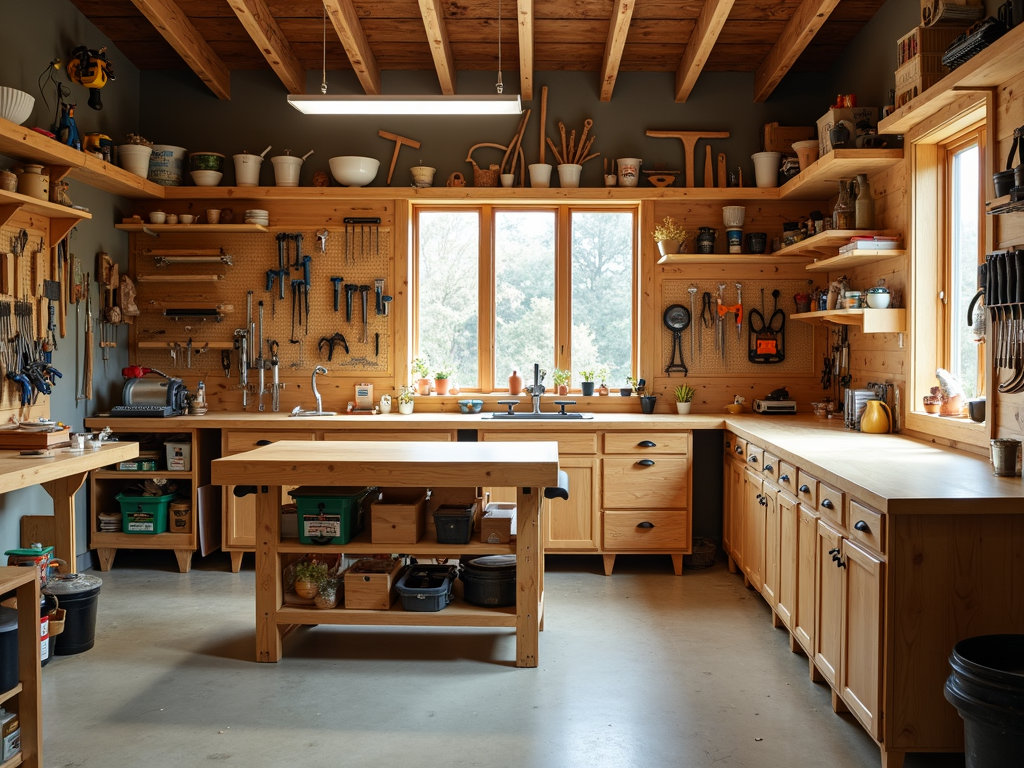
Popular Brands for Workman Tools
When it comes to woodworking tools, quality matters. Investing in reputable brands can make a significant difference in your woodworking experience. Here are some popular brands known for their quality and reliability:
- DeWalt: Known for their durable power tools, DeWalt offers a wide range of products suitable for both professionals and hobbyists.
- Makita: Makita is renowned for their innovative designs and high-performance tools, making them a favorite among woodworkers.
- Bosch: Bosch tools are known for their precision and reliability, offering a variety of options for different woodworking needs.
- Lie-Nielsen: For hand tools, Lie-Nielsen is a top choice, offering high-quality planes, chisels, and saws crafted with attention to detail.
Workshop Equipment Essentials
A well-equipped workshop is the backbone of any woodworking project. Here are some essential pieces of workshop equipment every woodworker should have:
- Workbench: A sturdy workbench provides a stable surface for your projects. Look for one with a solid top and ample storage.
- Tool Storage: Keep your tools organized with tool chests, cabinets, or pegboards. Proper storage prevents damage and makes tools easy to find.
- Safety Gear: Safety should always come first. Invest in safety glasses, hearing protection, and dust masks to protect yourself while working.
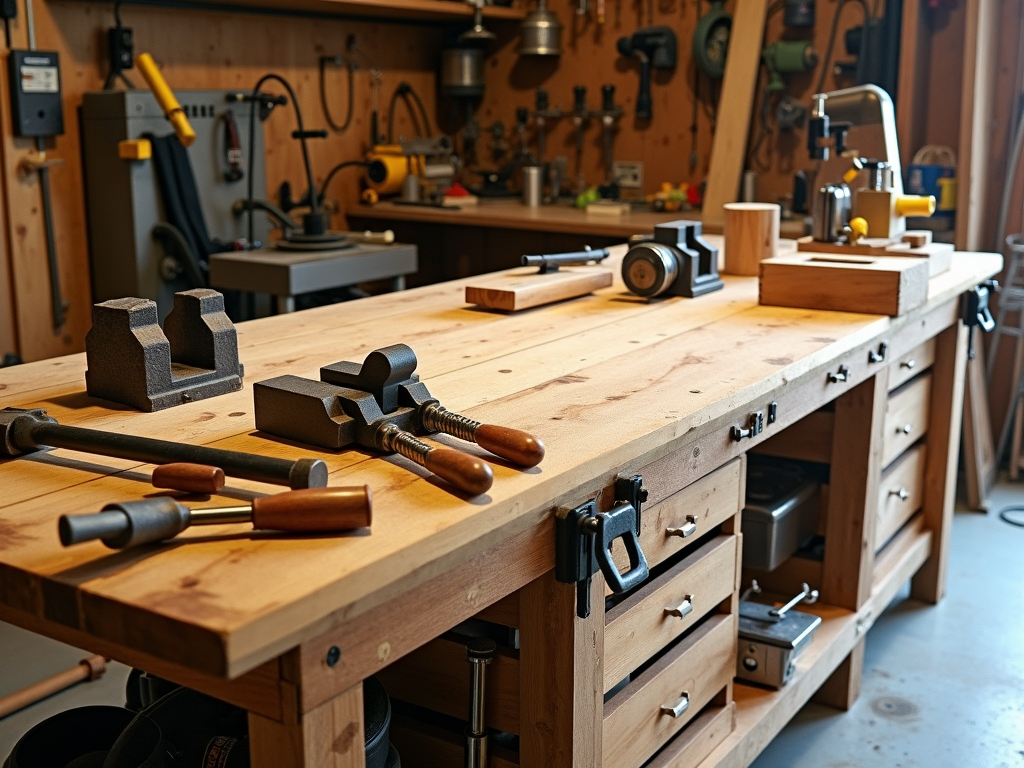
Personal Insights and Experiences
As a woodworker with years of experience, I've learned the hard way that tool maintenance is not something to be taken lightly. I once had a project go awry because I neglected to sharpen my chisels. The dull blades caused the wood to splinter, ruining hours of work. Since then, I've made it a habit to sharpen my tools before every major project. It's a small investment of time that pays off in the quality of my work.
Another lesson I learned is the importance of a clean workspace. Early in my woodworking journey, I often left tools lying around, which led to misplaced items and even some accidents. Now, I make sure to clean up after each session and store my tools properly. It not only keeps my workshop safe but also makes my work more efficient.
Conclusion
Tool maintenance is a fundamental aspect of woodworking that should never be overlooked. By keeping your tools sharp, clean, and well-stored, you ensure better craftsmanship, safety, and efficiency in your projects. Remember, your tools are an investment, and taking care of them will pay dividends in the long run. So, take the time to maintain your tools, and they'll take care of you.
Related The Importance of Tool Maintenance in Woodworking:
- Guide to Choosing the Right PPE for Your Workshop
- Hammer Basics: Design and Safety Tips
- Top 10 Must-Have Tools for Every Mechanic
- Essential Workman Tools for Everyday Use: A Comprehensive Guide
- Woodworking Basics: Getting Started with Quality Tools
- Essential Safety Practices for Workshops: A Comprehensive Guide
- The Role of Technology in Modern Workshops
- Mastering the Craft: Essential Workman Tools for Professional Builders
- Guide to Table Saw Blades for Every Cut
- Tool Maintenance: Tips for Longevity
- Maximizing Space in a Small Workshop
- Advanced Hammer Techniques for Experienced DIYers

